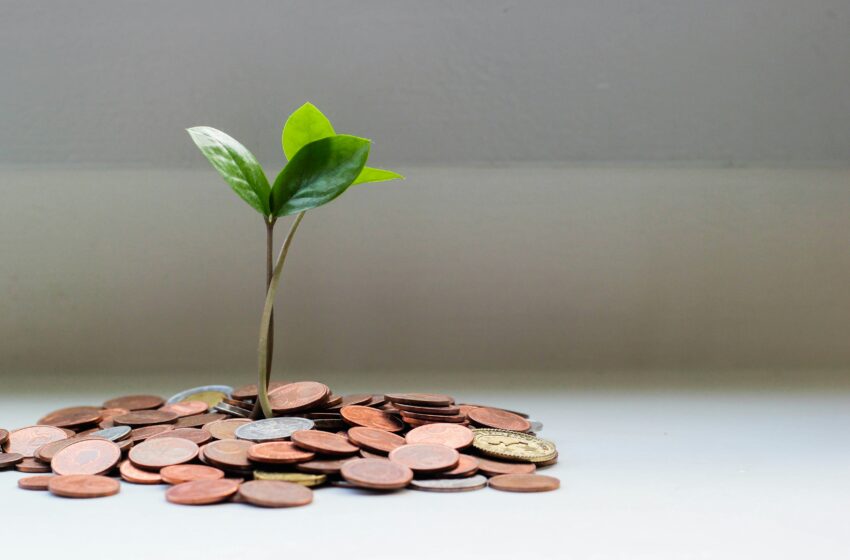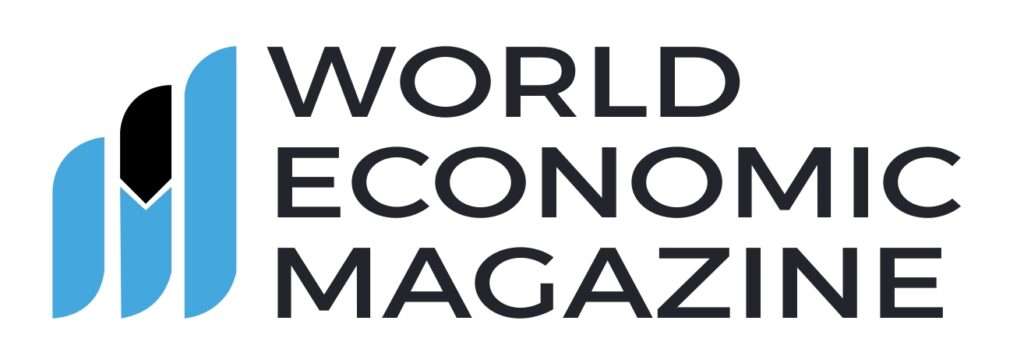
Sustainable Investing: Aligning Portfolios with Ethical Values
Investing isn’t just about what you earn anymore—it’s about what you stand for. The ESG revolution is here, and it’s bigger than ever
What Is Sustainable Investing?
Sustainable investing, also called ESG investing, is the strategy of allocating capital toward companies that meet specific environmental, social, and governance criteria — without sacrificing financial returns.
In other words: it’s where your money meets your morals. And it’s booming.
The Surge: A 200% Spike in ESG Interest
According to ScopeTrends.com, search interest in ESG investing has surged by 200% over the past two years. More Americans than ever are asking questions like:
- “How do I invest sustainably?”
- “What are the best ESG mutual funds?”
- “Does green investing actually pay off?”
A Gallup survey conducted in 2023 showed that 63% of millennials and Gen Z investors consider a company’s values before investing in it.
Why This Matters Now
“People are realizing their portfolios can be tools for change.”
— Lisa Woll, CEO of US SIF (The Forum for Sustainable and Responsible Investment)
With climate change headlines, social justice movements, and increasing corporate transparency, investors are demanding more from their portfolios. They don’t just want returns—they want impact.
Breaking Down ESG
Let’s demystify the term:
Environmental — A company’s impact on the planet: carbon footprint, clean energy, waste management.
Social — How a company treats people: labor standards, community investment, diversity and inclusion, data privacy.
Governance — How a company is run: board diversity, executive pay, shareholder rights, transparency.
Case Study: BlackRock’s ESG Push
In 2020, BlackRock CEO Larry Fink declared sustainability the firm’s “new standard for investing.” Since then, BlackRock has launched more than 100 ESG funds, representing over $300 billion in assets under management.
Fink stated in his annual letter to CEOs:
“Climate risk is investment risk.”
This stance sent shockwaves through Wall Street and inspired a wave of similar ESG commitments from asset managers and pension funds globally.
ESG by the Numbers
- $30 trillion+ in global ESG assets (2024)
- ESG-focused ETFs grew four times faster than traditional ETFs in 2023 (Morningstar)
- 90% of S&P 500 companies now publish ESG or sustainability reports
- ESG mutual funds outperformed non-ESG peers in volatility-adjusted returns during both the 2020 pandemic dip and 2022 market correction (MSCI)
Other Case Studies
Apple
A leading ESG performer, thanks to its commitment to clean energy and data privacy. As of 2023, Apple is carbon neutral across all global offices, stores, and data centers.
Patagonia (Privately Held)
The brand lives and breathes sustainability. In 2022, founder Yvon Chouinard transferred ownership of the company to a trust focused entirely on fighting the climate crisis. Its profits, roughly $100 million a year, are now used to protect the planet.
Tesla
A complex ESG candidate. While its environmental mission is clear, critics cite issues with corporate governance and workplace culture. Tesla demonstrates that ESG investing is not always black and white
The Greenwashing Problem
Not every fund labeled “ESG” walks the talk.
Greenwashing — marketing something as environmentally friendly without backing it up — is rampant in the investing world.
As environmental and social concerns take center stage, the pressure on asset managers to demonstrate real impact — not just clever branding — is intensifying. Regulatory bodies across the globe are starting to step in, pushing for greater transparency and standardized ESG metrics. But until those rules are universally adopted, due diligence remains the investor’s best defense.
Sustainability in investing must move beyond buzzwords — it should be measurable, verifiable, and aligned with long-term value creation.
Sustainable investing empowers you to align your portfolio with your values—proving you don’t have to choose between impact and income. As the demand for sustainability grows, so does the opportunity to invest in a better future.






